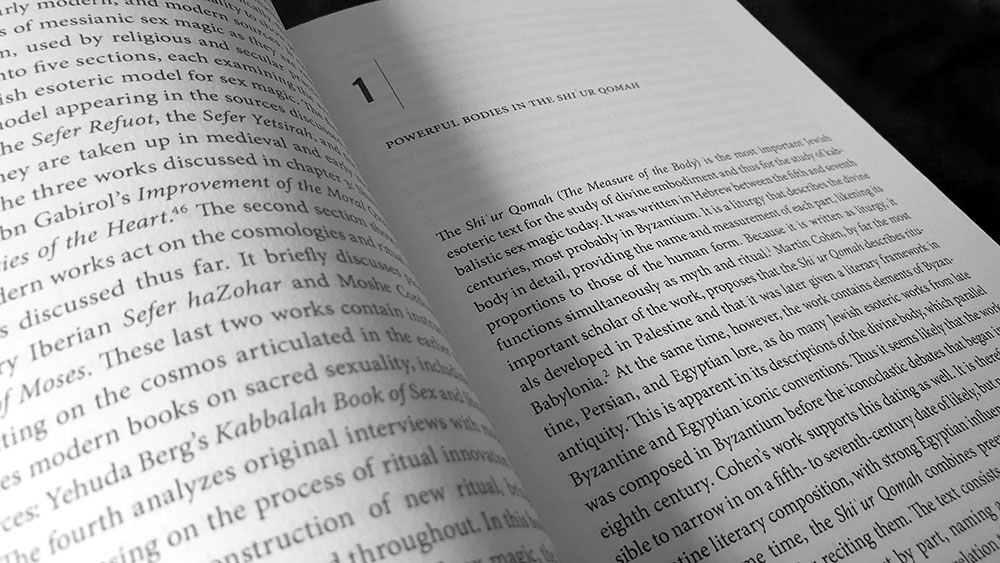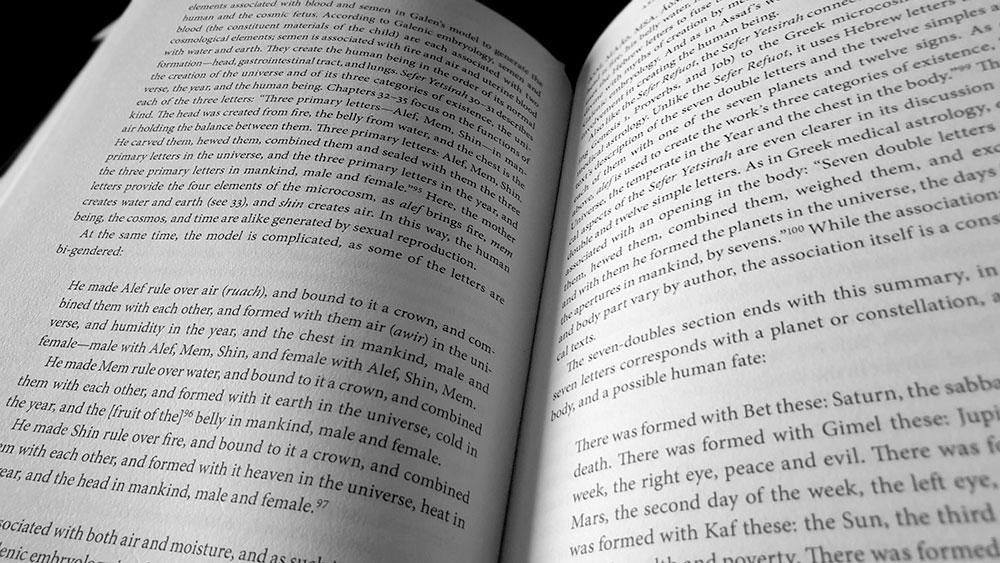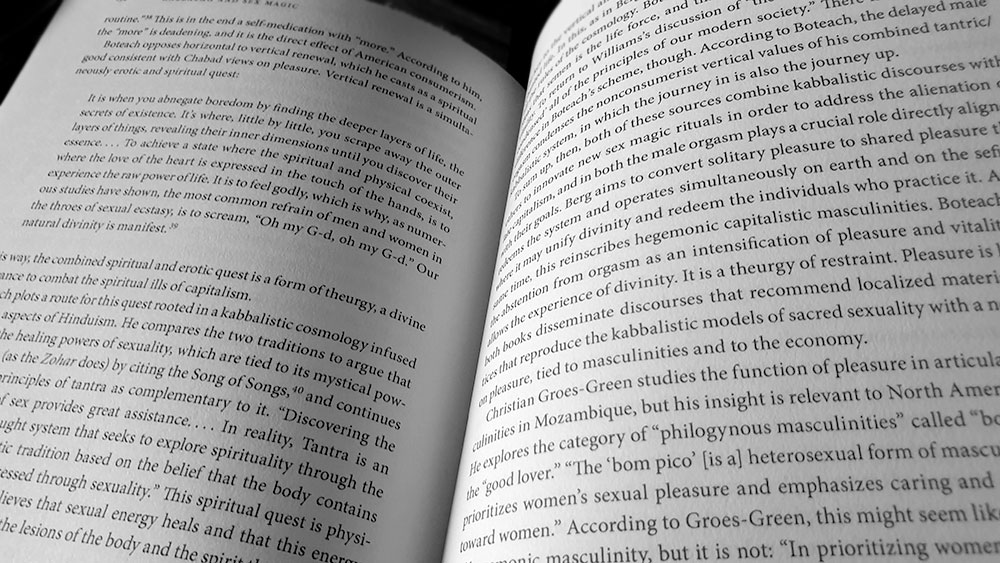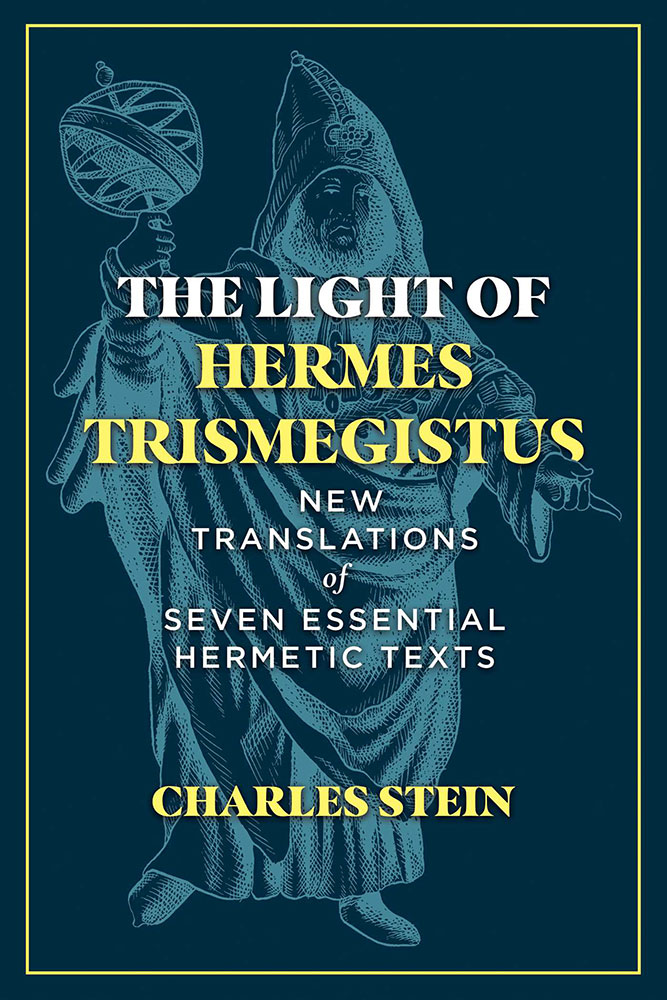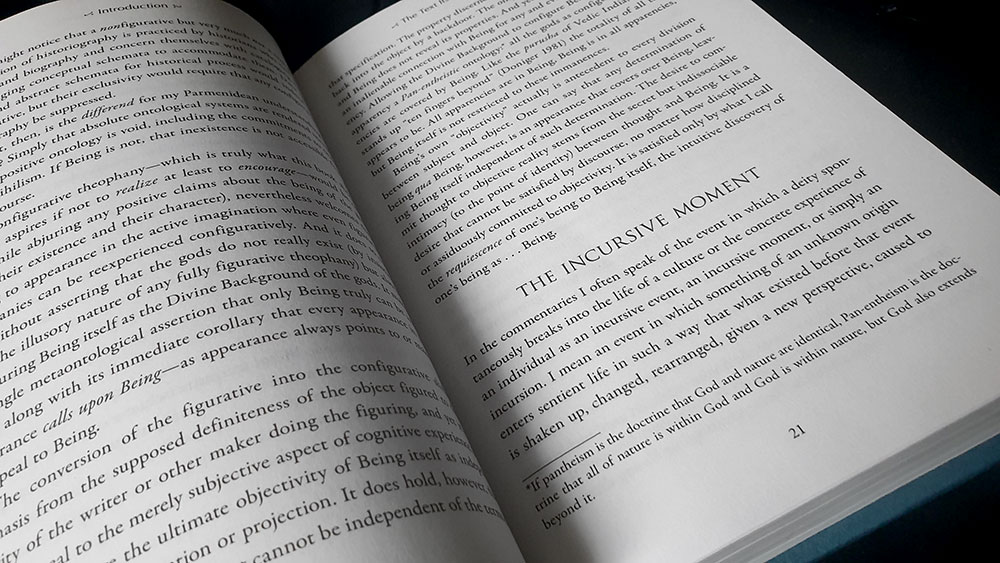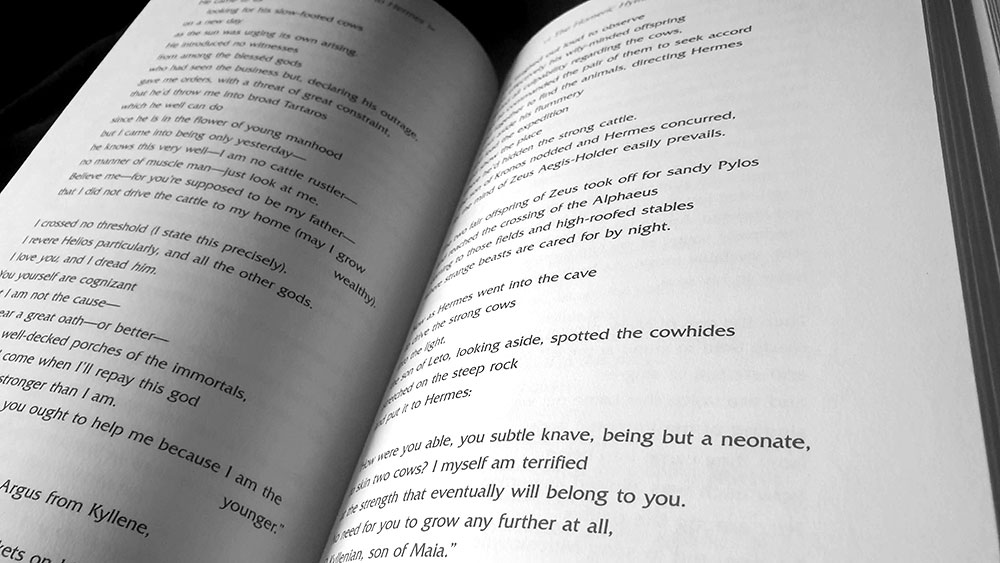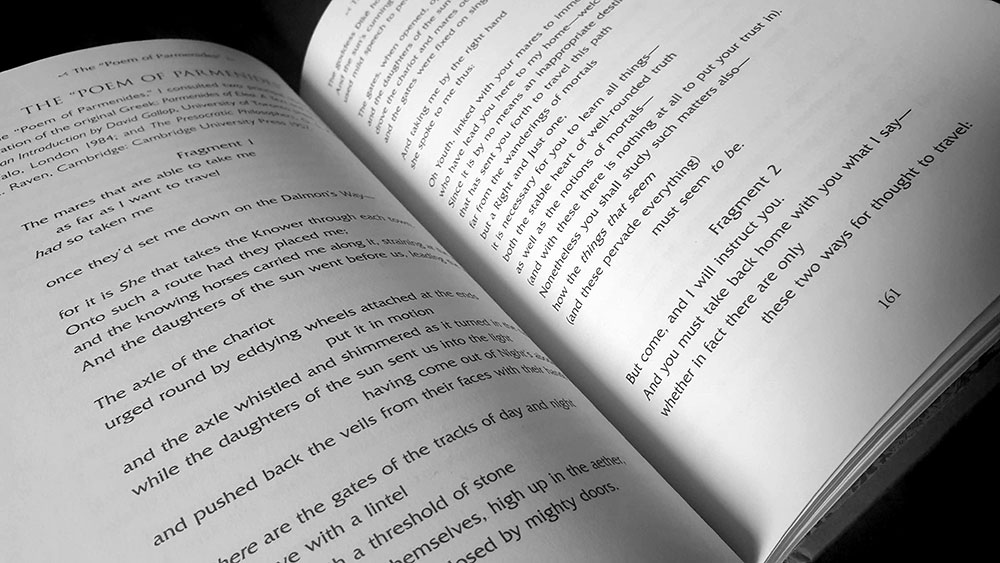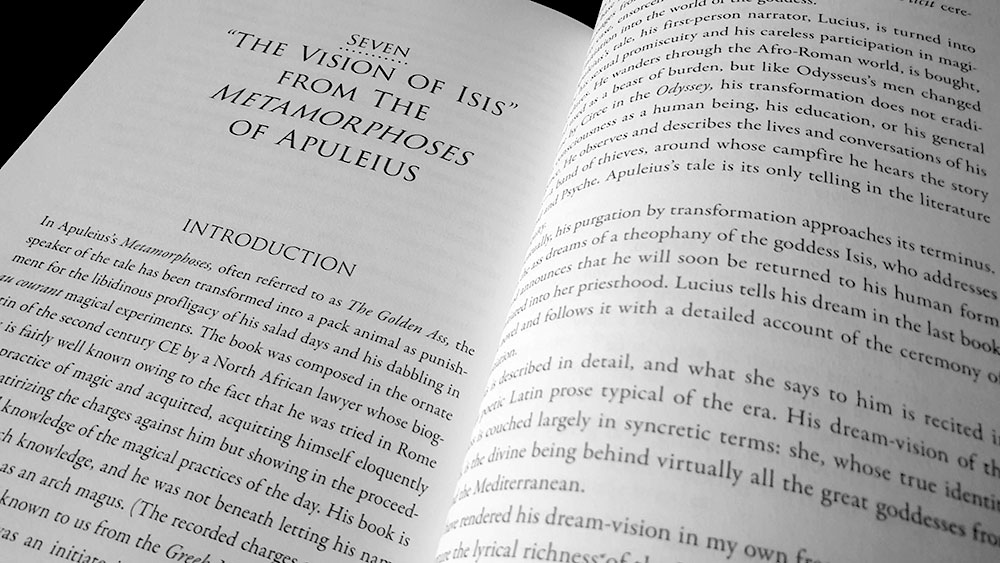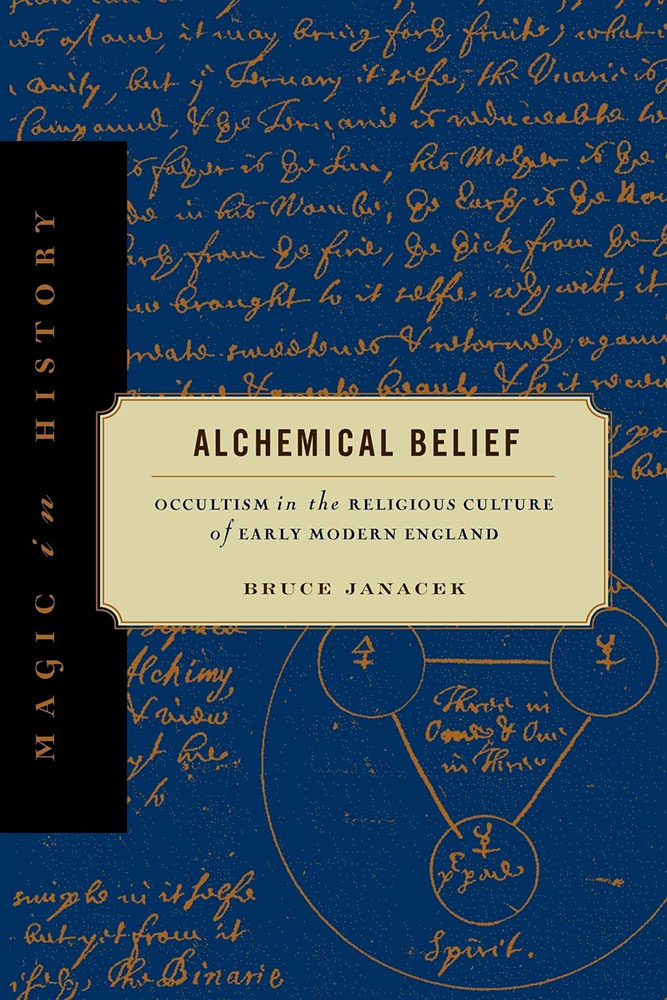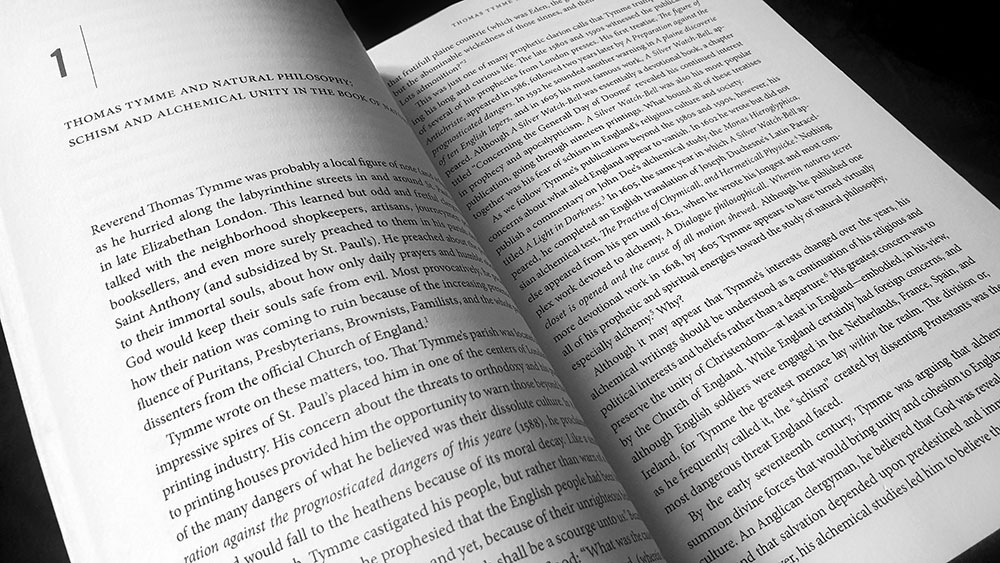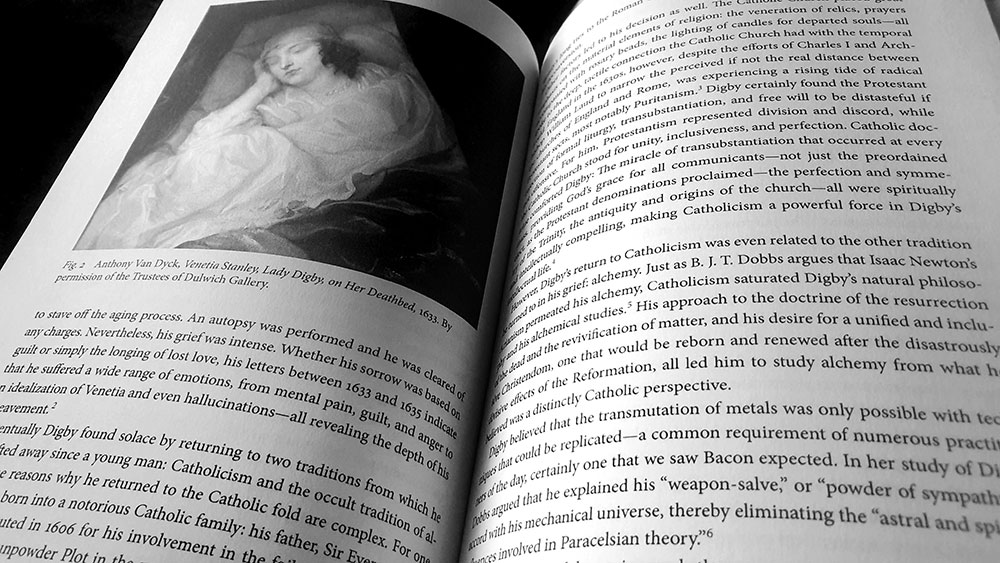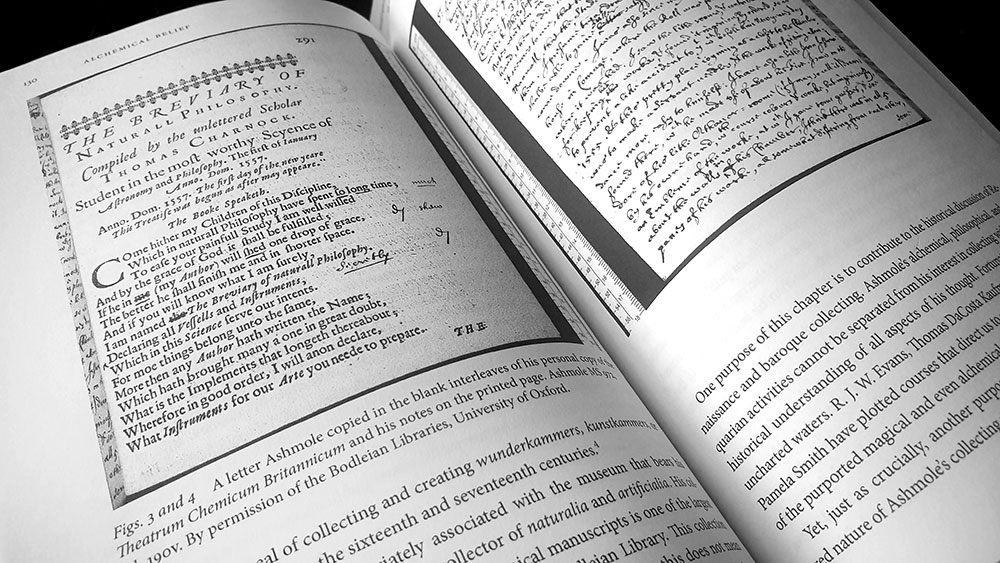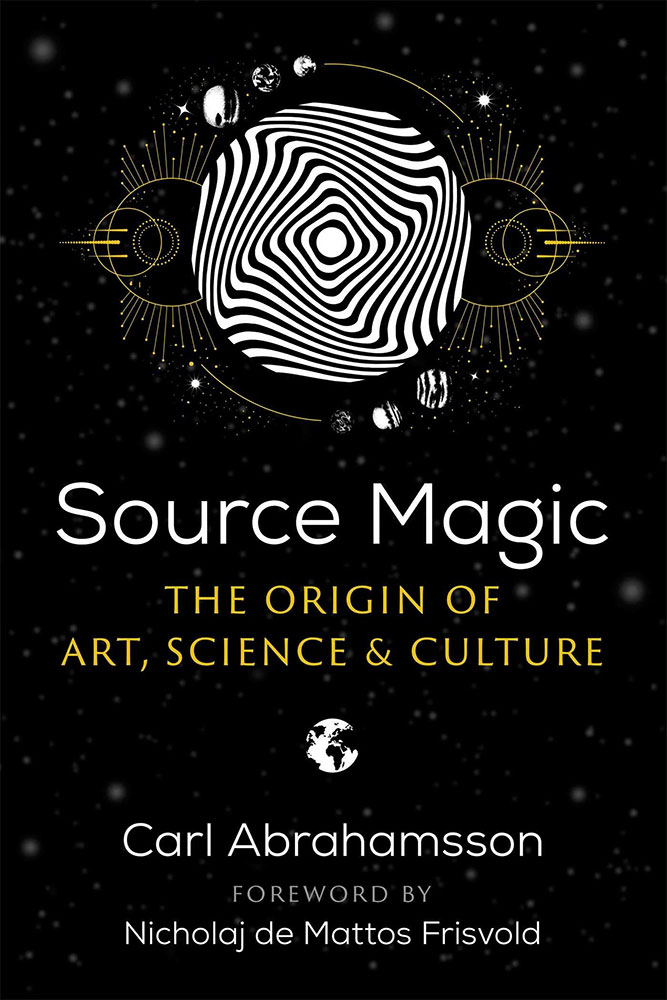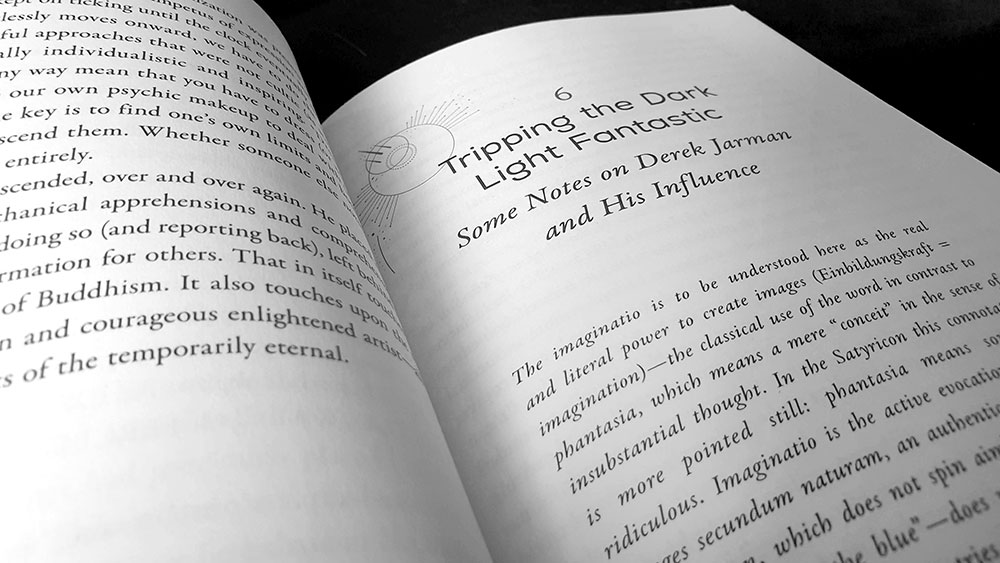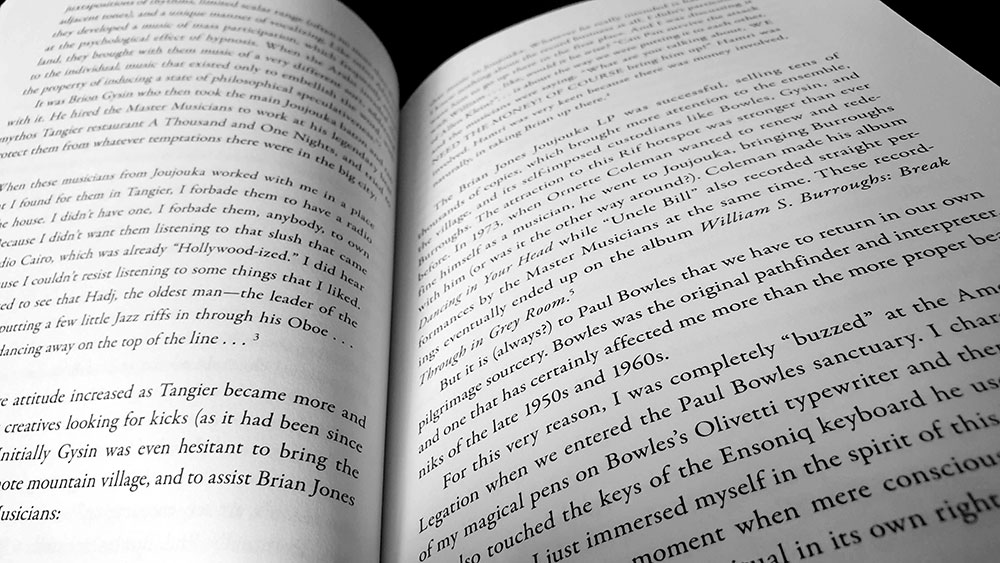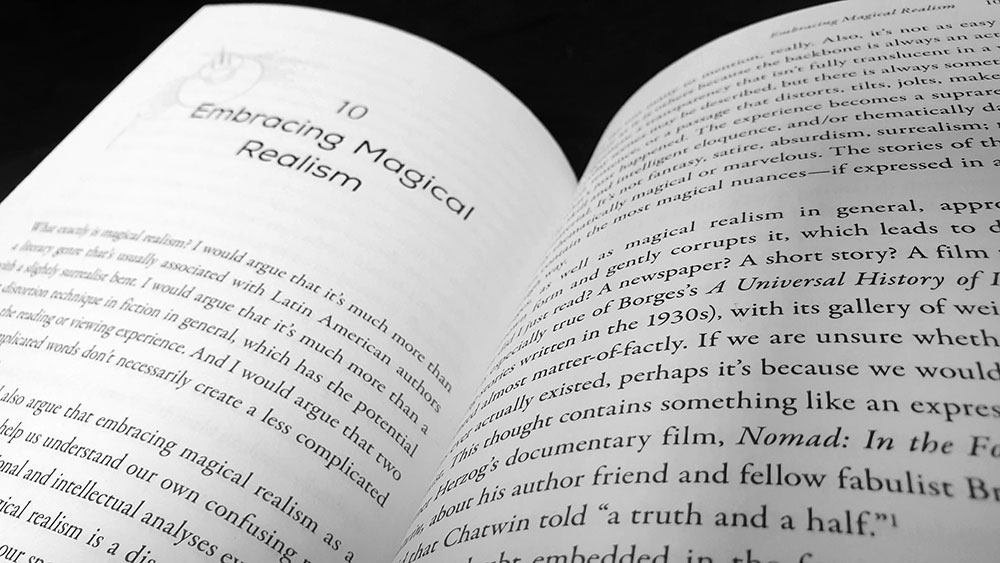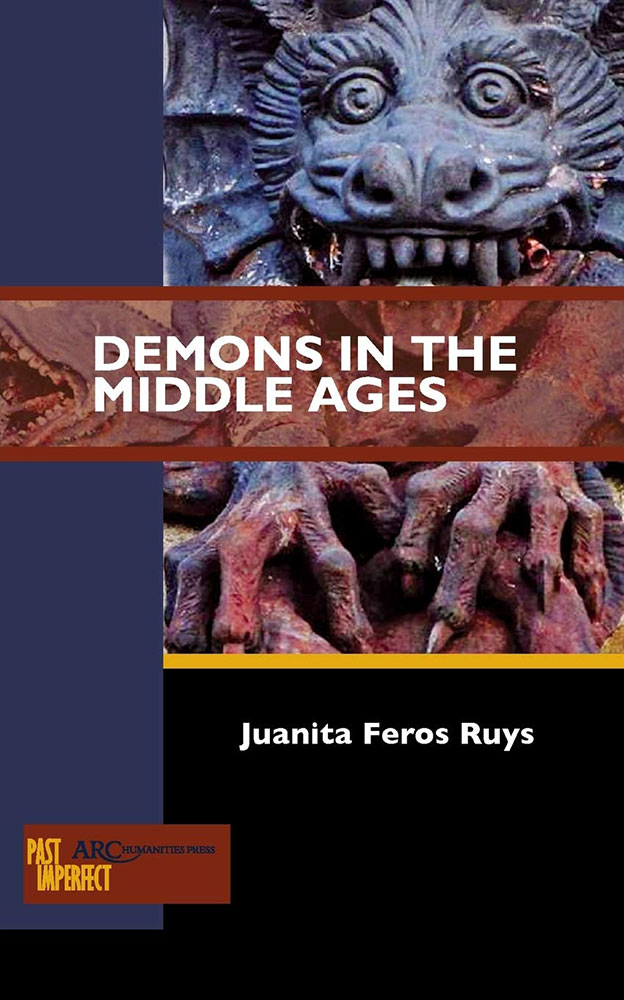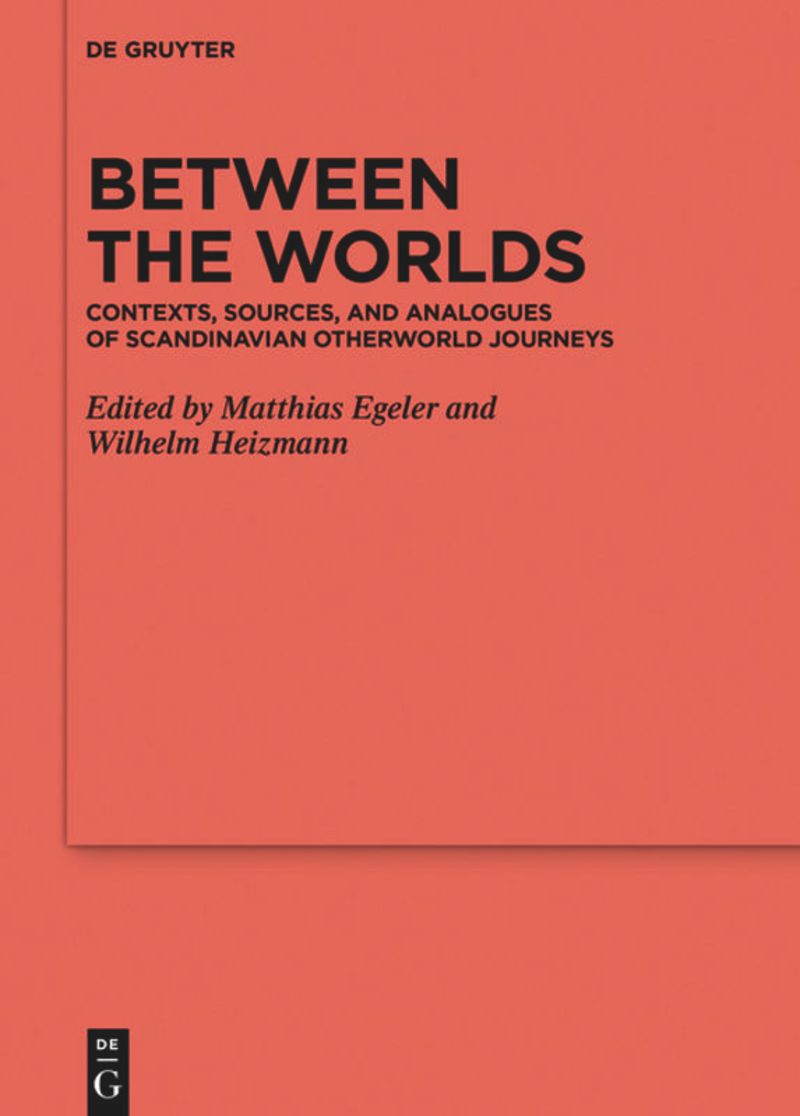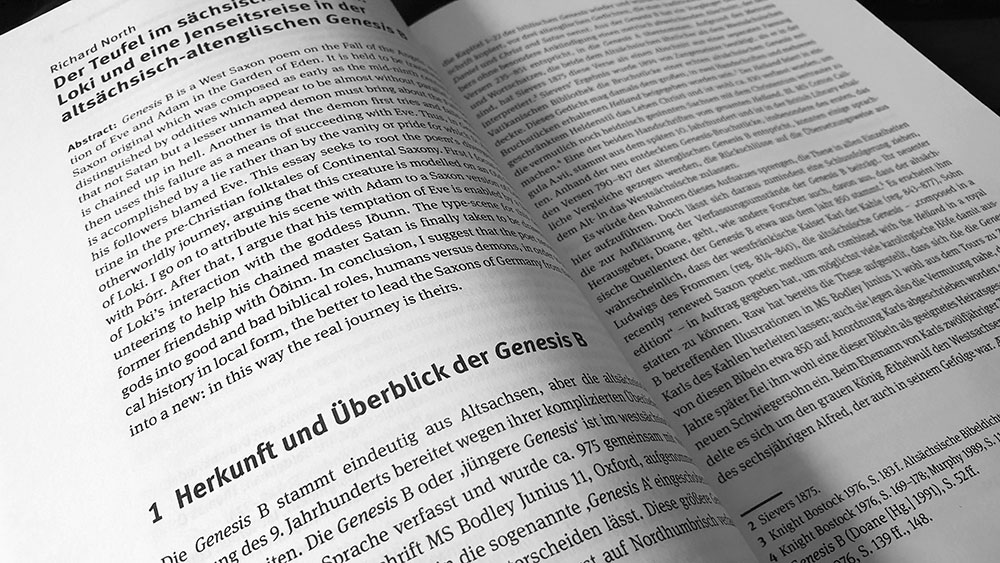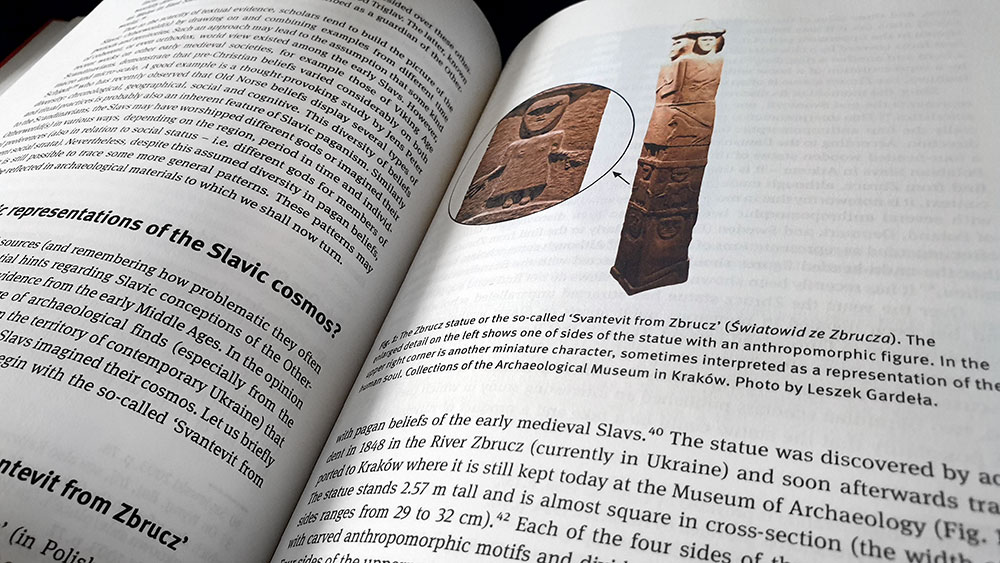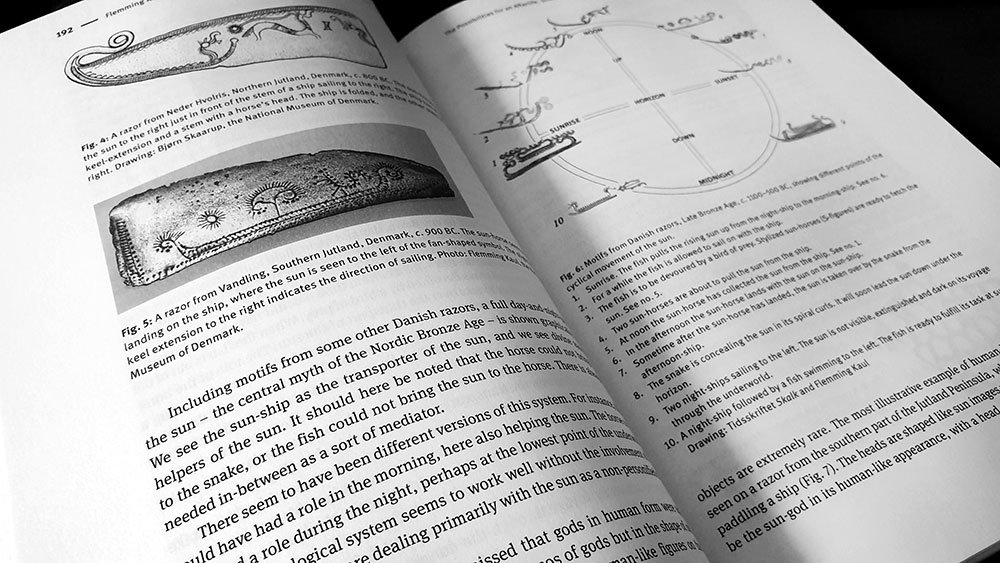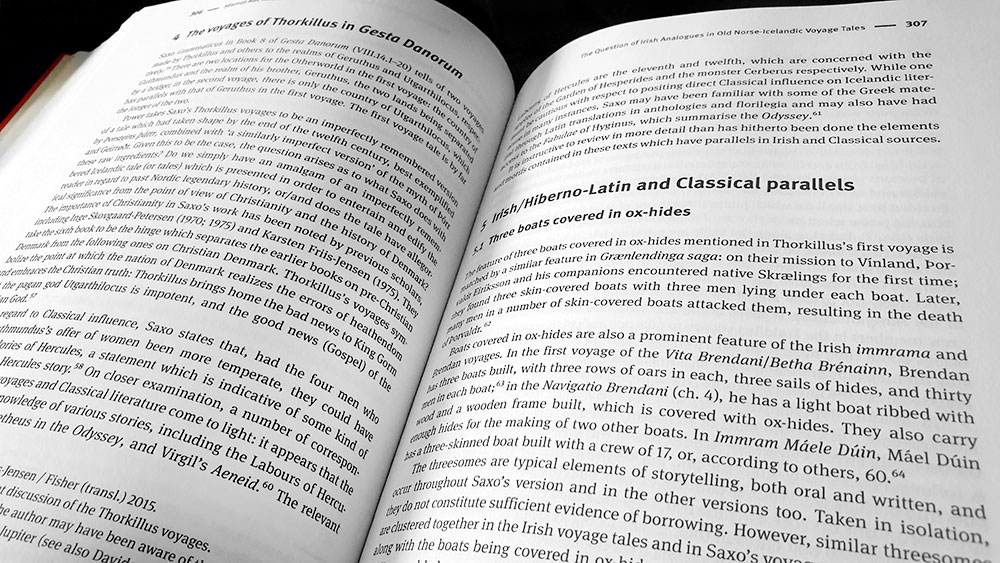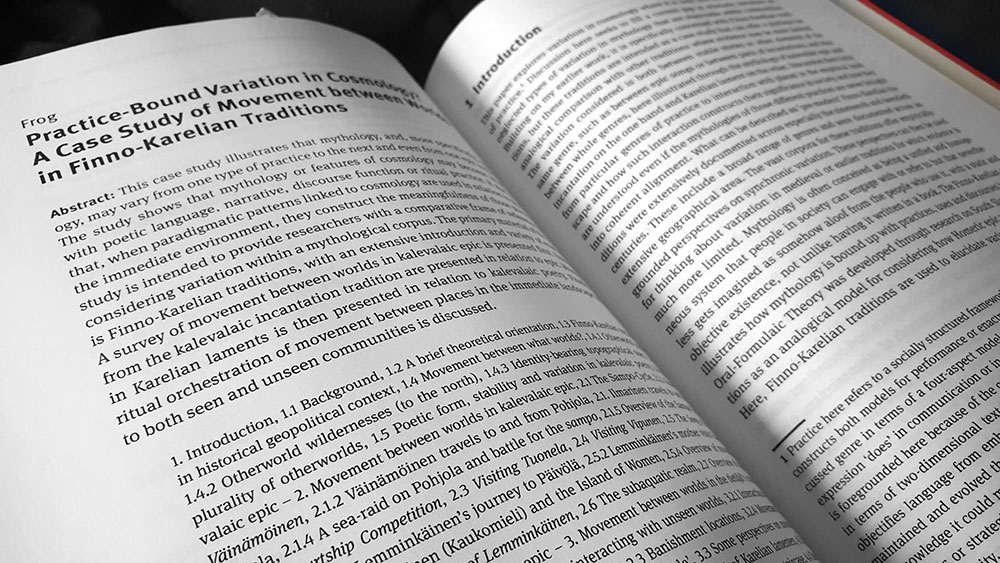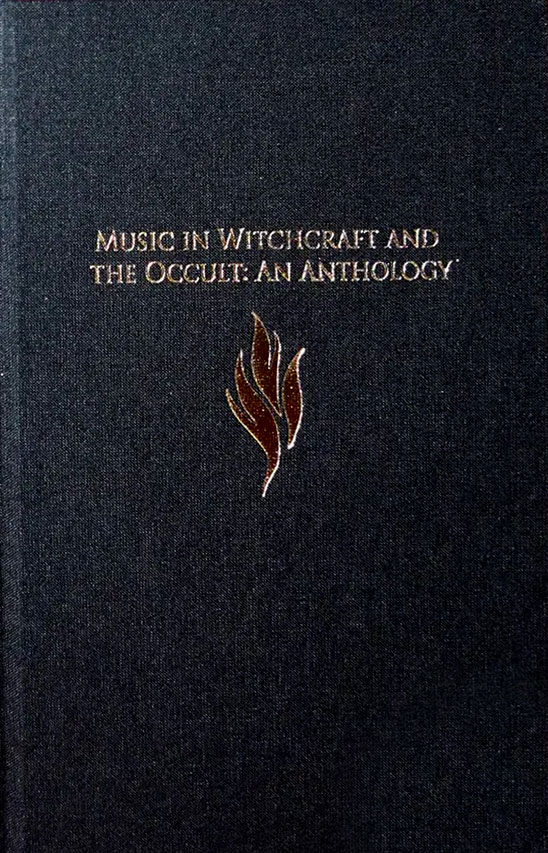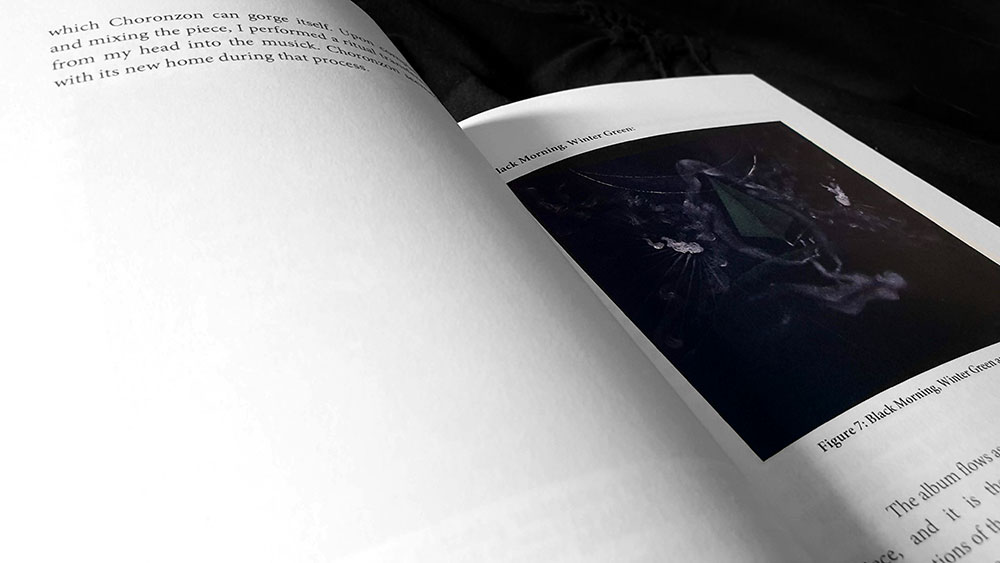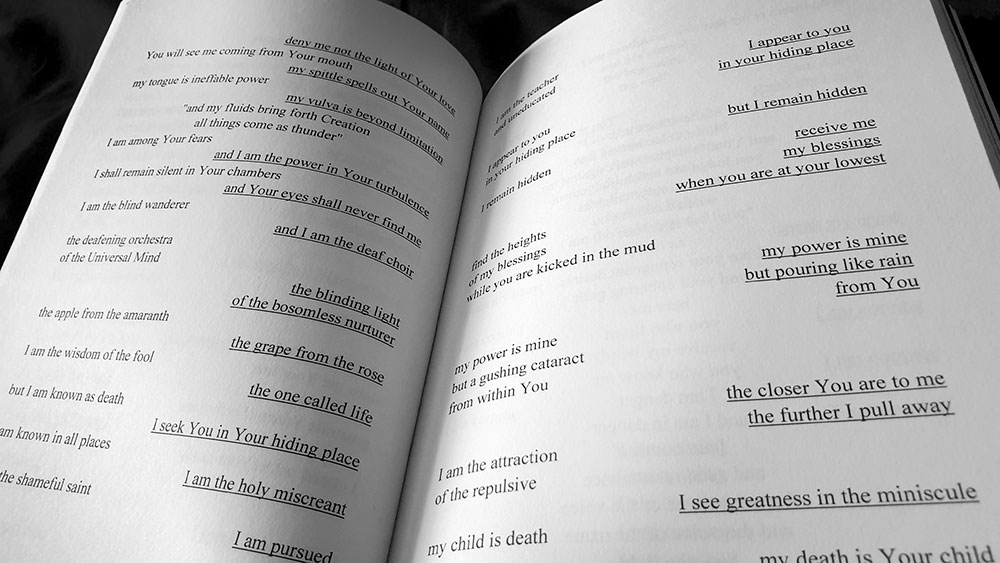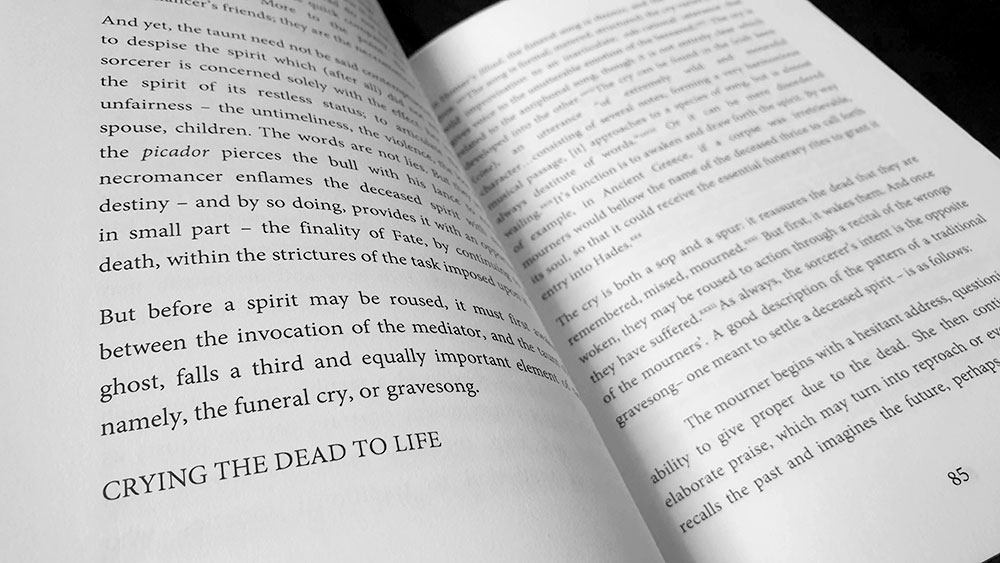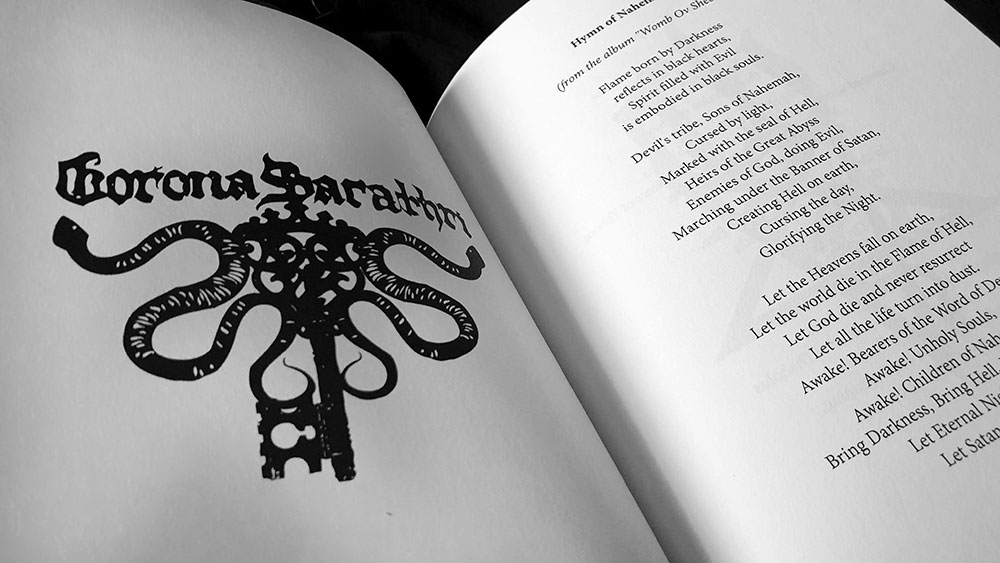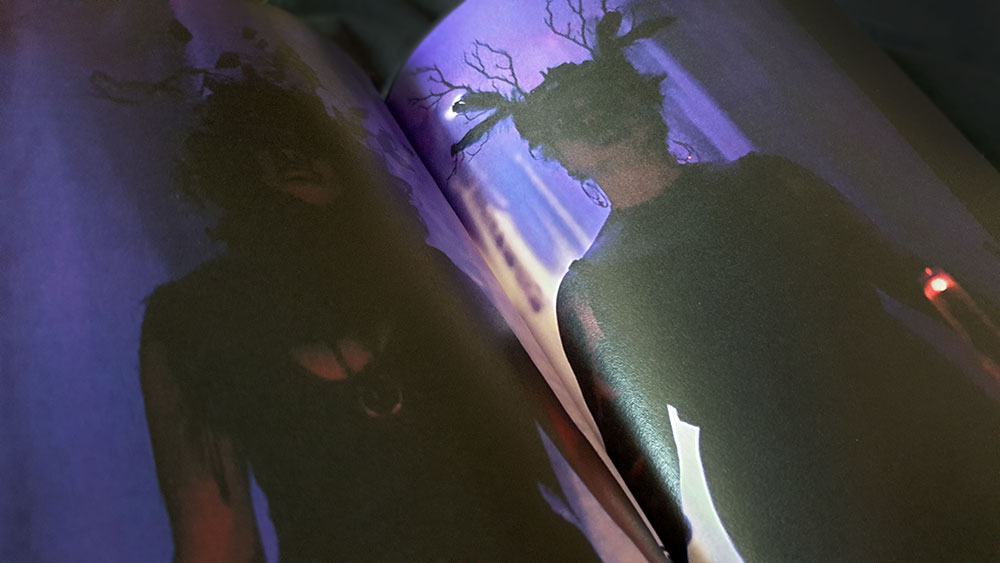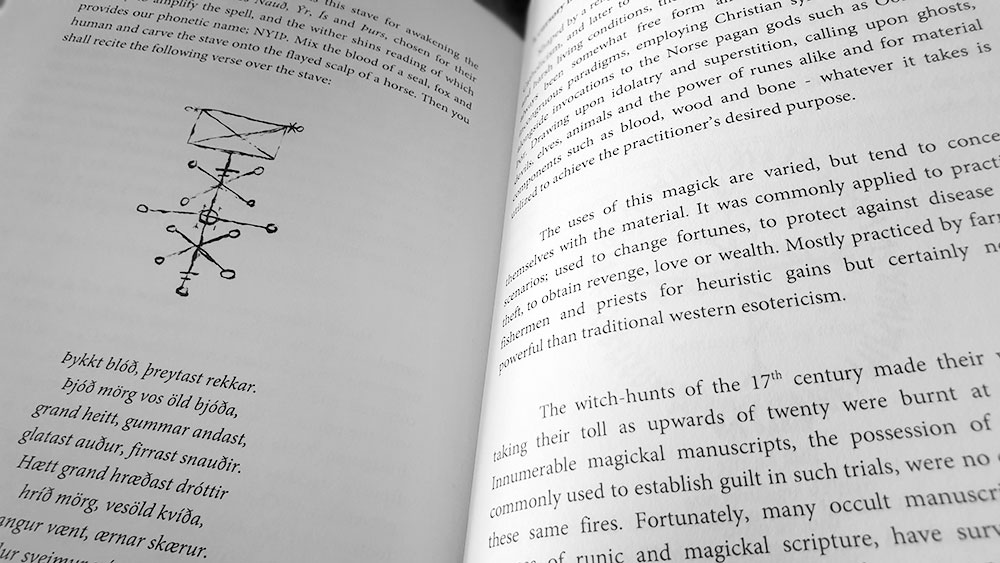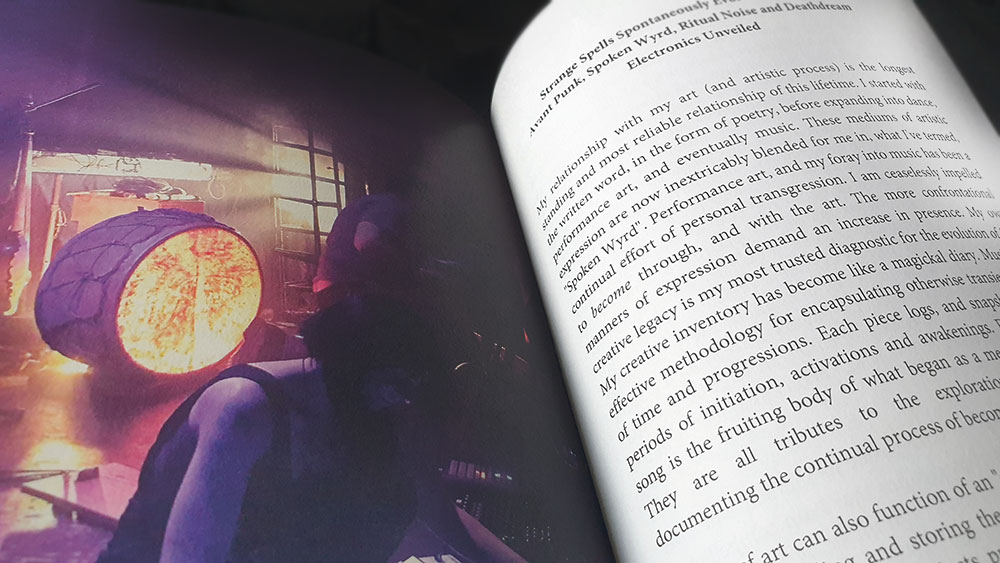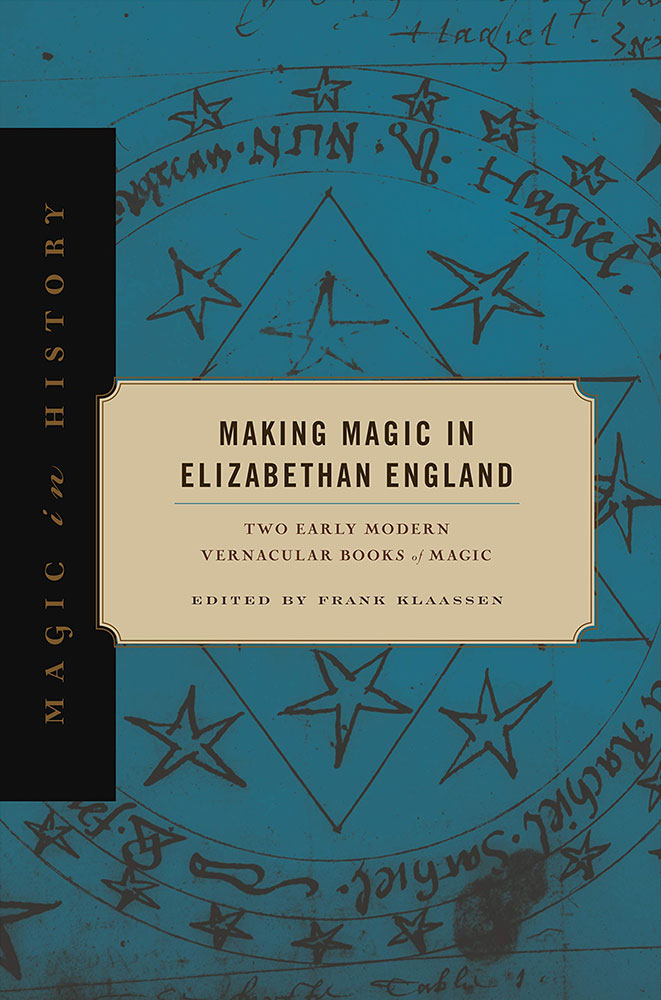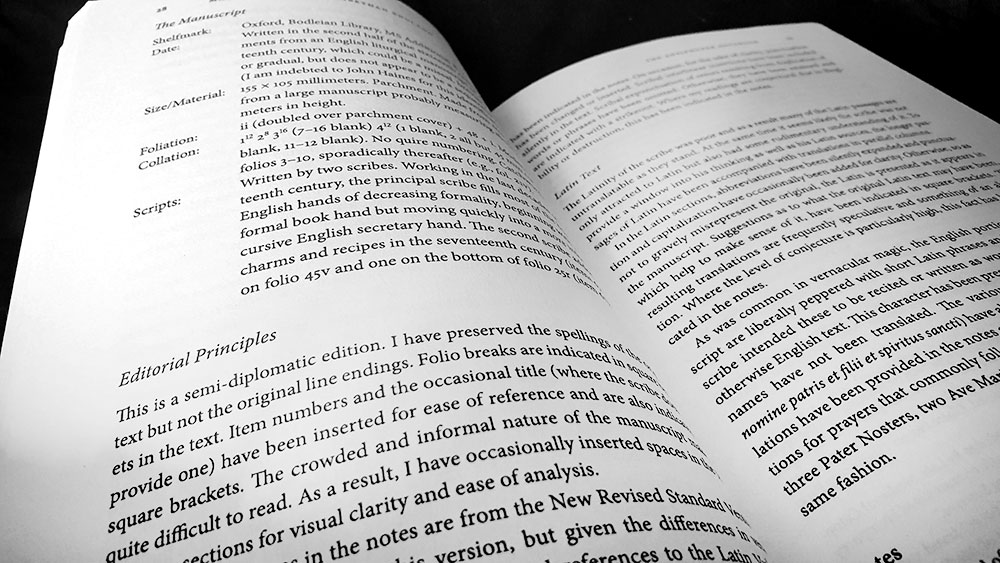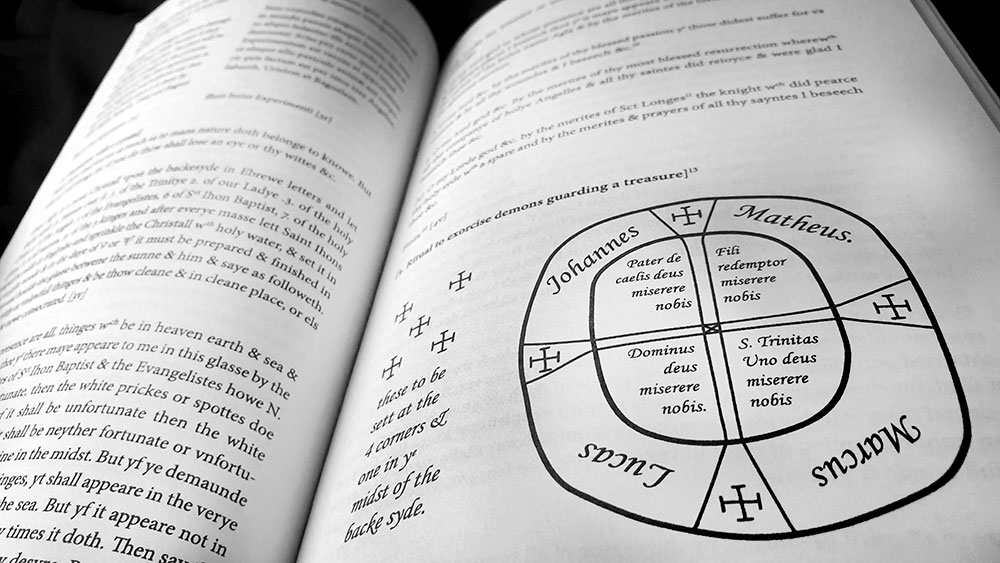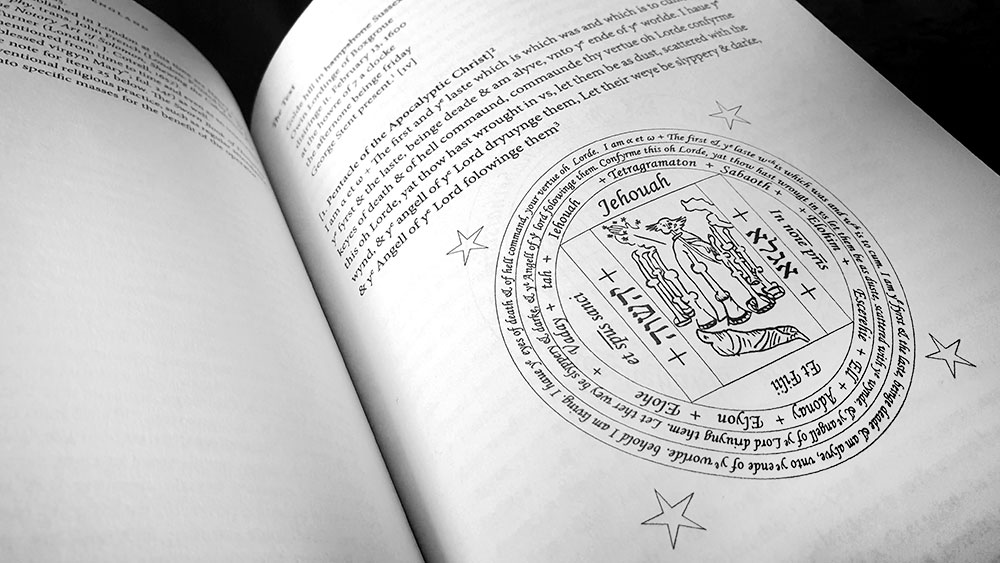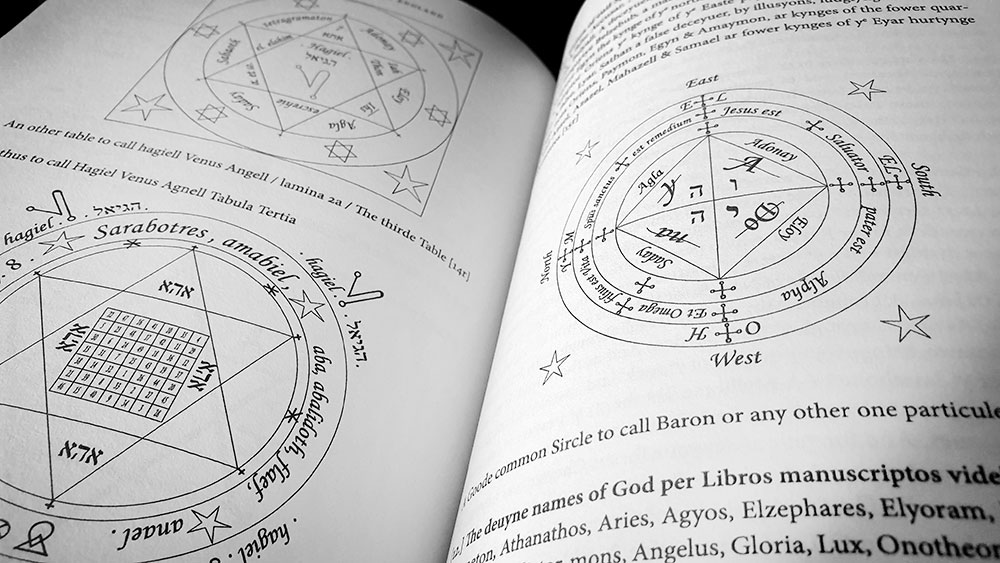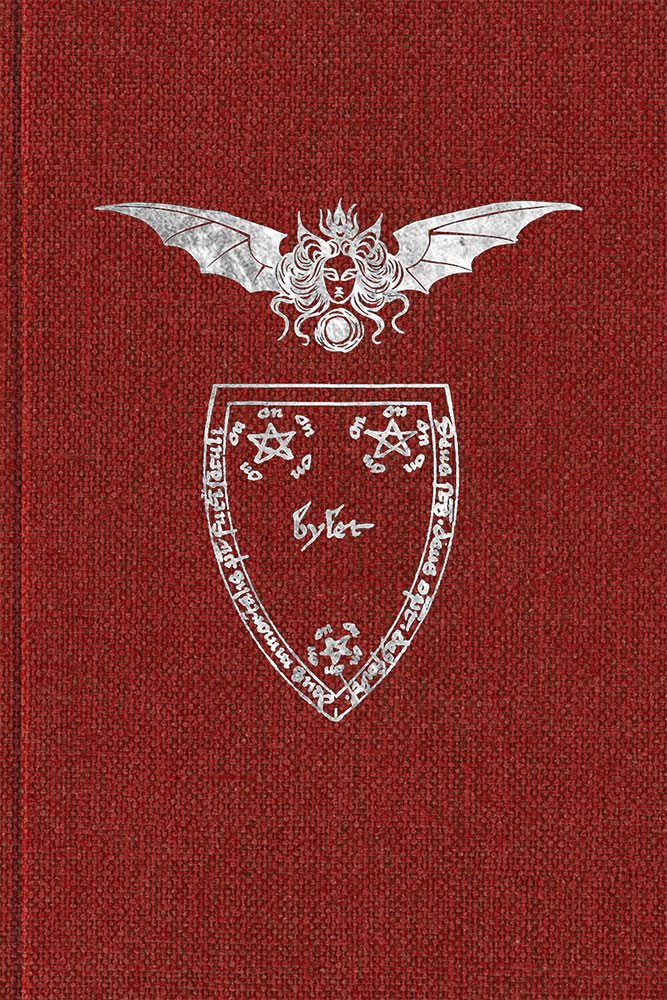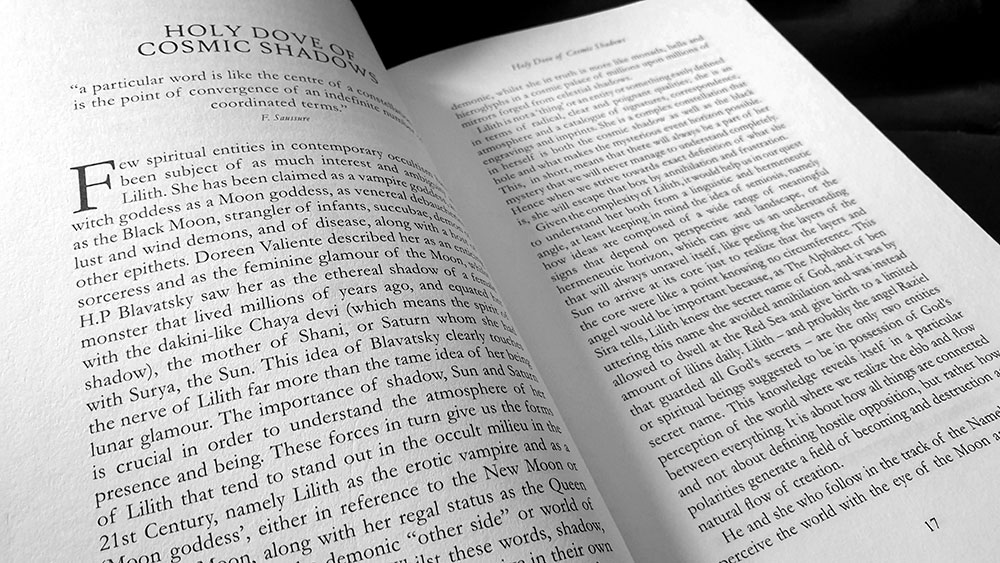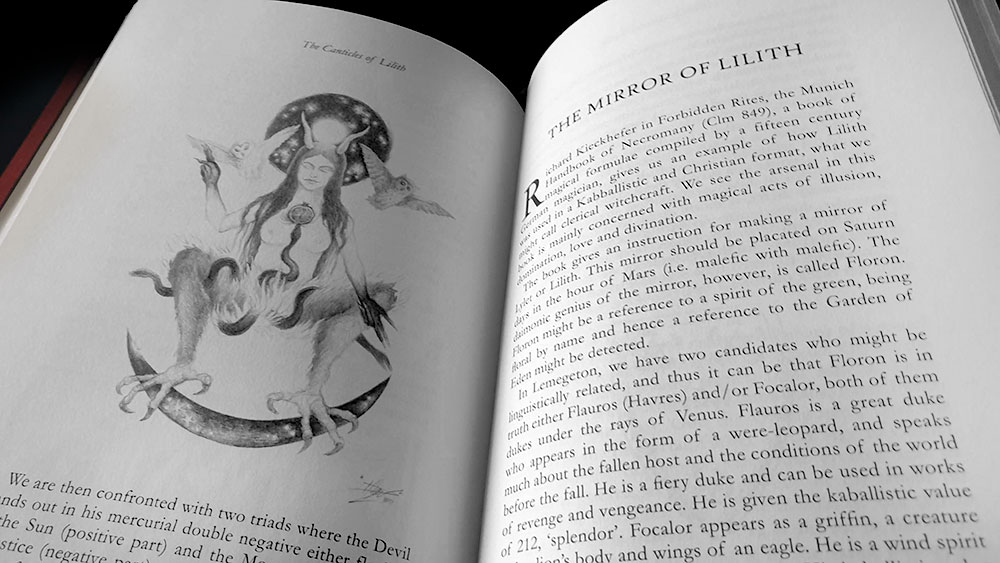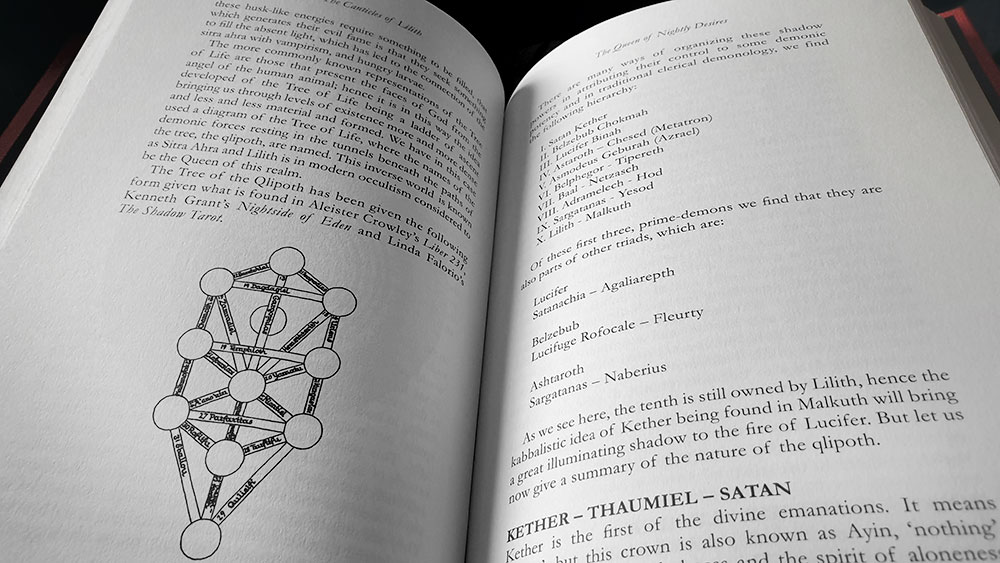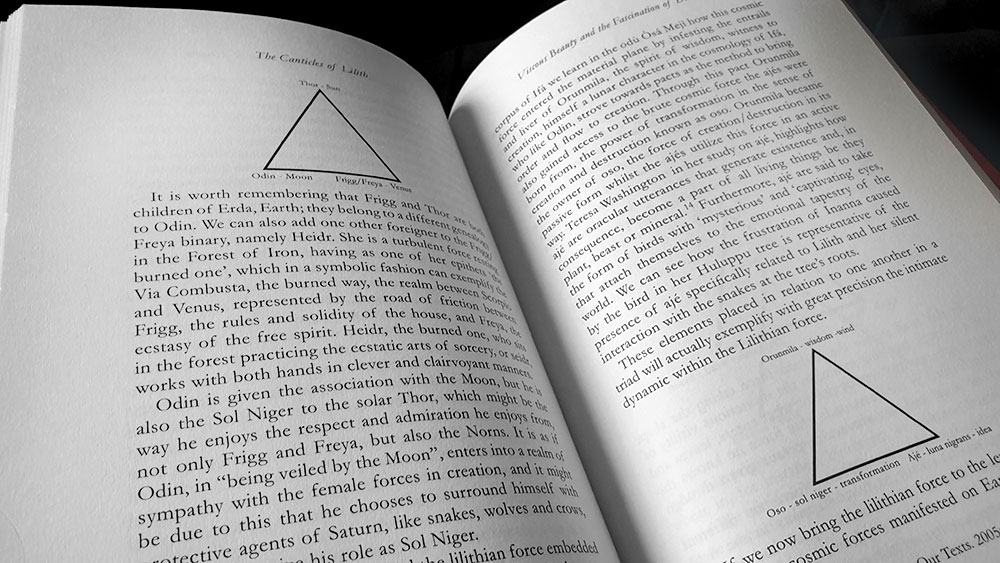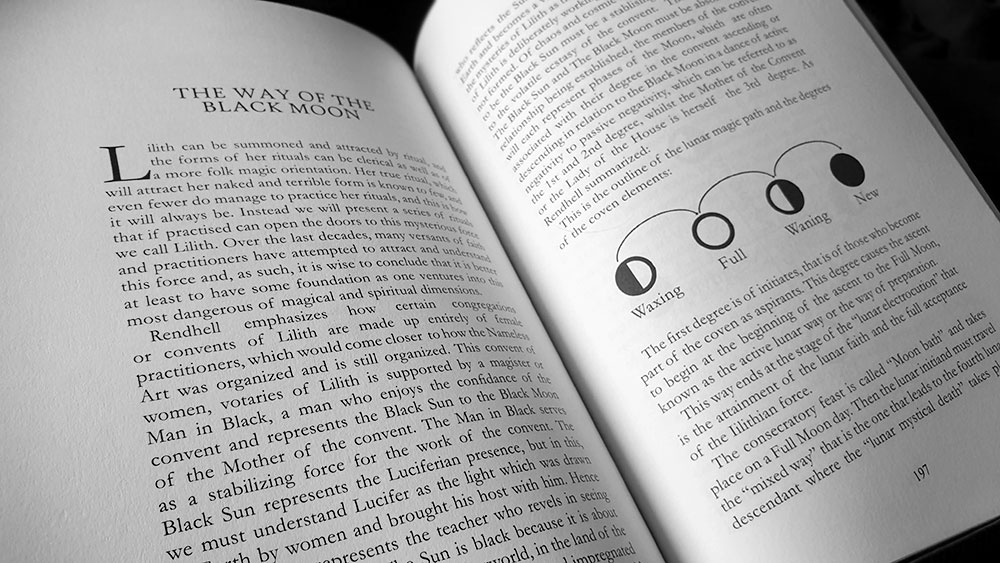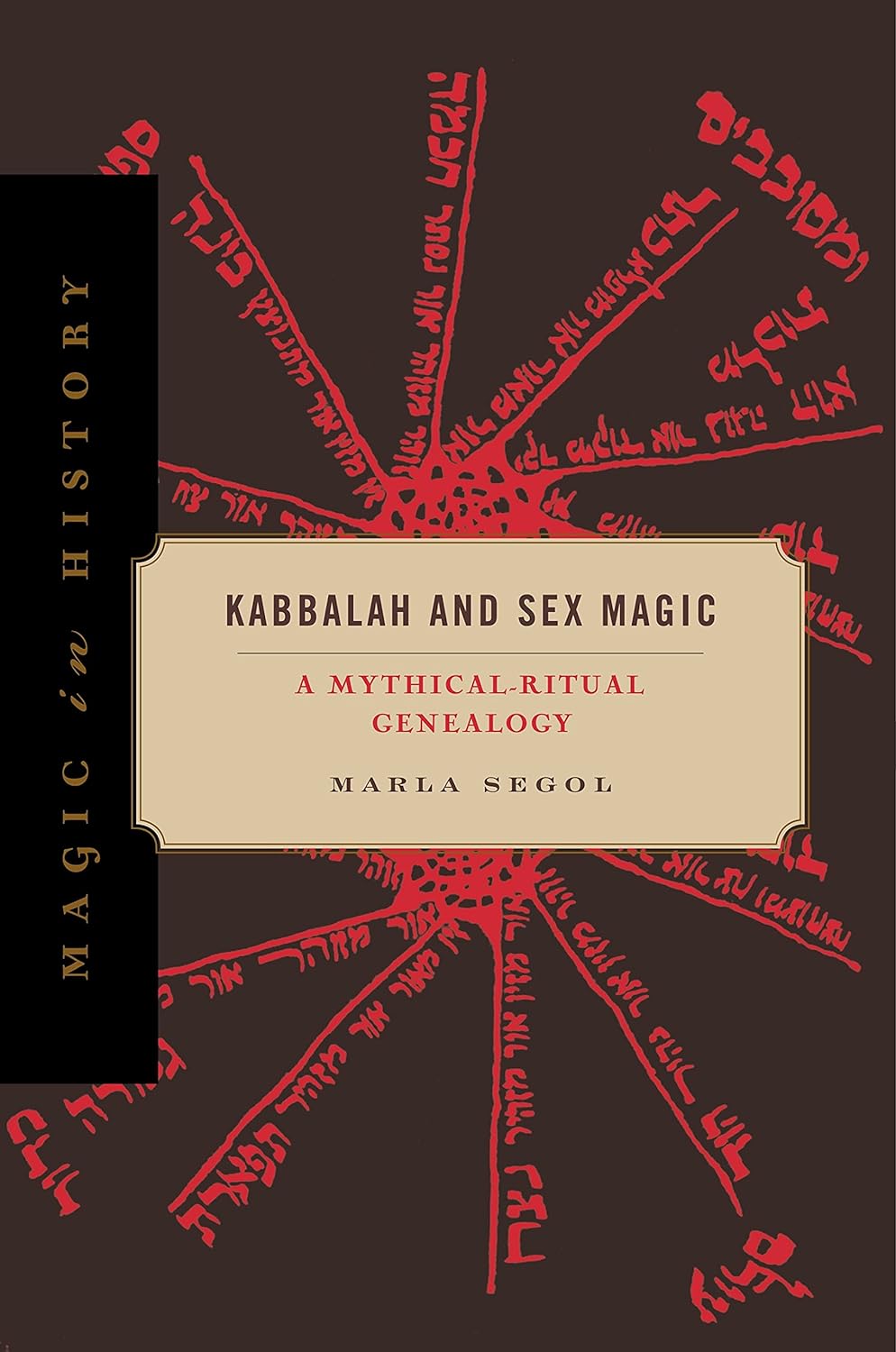 With its provocative title, Kabbalah and Sex Magic makes for an intriguing entry in Penn State University Press’ Magic in History series. Marla Segol shows how the cosmology that underpins much of Kabbalah is inherently sexual and corporeal, being based on the interaction between human and divine bodies. Drawing on a diverse wealth of texts spanning the fifth to the twelfth centuries from Byzantium, Persia, Iberia, and southern France, she argues that in its fully developed medieval form, Kabbalah represented a ritualised mythos of divine creation through sexual reproduction. In Jewish mysticism, to study through reading was an intimate and embodied undertaking, with the act of seeing being perceived as a form of touching in which sexuality was the paradigmatic form of interembodiment.
With its provocative title, Kabbalah and Sex Magic makes for an intriguing entry in Penn State University Press’ Magic in History series. Marla Segol shows how the cosmology that underpins much of Kabbalah is inherently sexual and corporeal, being based on the interaction between human and divine bodies. Drawing on a diverse wealth of texts spanning the fifth to the twelfth centuries from Byzantium, Persia, Iberia, and southern France, she argues that in its fully developed medieval form, Kabbalah represented a ritualised mythos of divine creation through sexual reproduction. In Jewish mysticism, to study through reading was an intimate and embodied undertaking, with the act of seeing being perceived as a form of touching in which sexuality was the paradigmatic form of interembodiment.
Segol is the Director of Undergraduate Studies at Buffalo University and an Associate Professor in its Department of Global Gender and Sexuality Studies, with a particular interest in sexuality and the body in Jewish mysticism and contemporary New Age religion. This is very much evident in the chapter divisions employed here, and in Segol’s other published work; as parts of this book have been previously published, most notably her 2012 Word and Image in Medieval Kabbalah: the Texts, Commentaries and Diagrams of the Sefer Yetsirah.
Despite what the title might suggest, Segol’s focus is limited to only certain areas of Kabbalah and is by no means comprehensive. Indeed, it is worth reiterating that many of the texts here can be classified as proto-Kabbalistic, predating the modern emergence of Kabbalah in the twelfth century; fulfilling the promise of the subtitle that describes this as a mythical-ritual genealogy. As a result, her discussion of Kabbalah’s foundational text, the thirteenth century Zohar, is somewhat cursory, as is any consideration of the Lurianic Kabbalah of the sixteenth century. Although both of these fare better than the Kabbalistic interpretations of the Frankist, Sabbatean and Hasidic movements, which are not mentioned at all.
In her first chapter, Segol focuses on the oldest text considered here, Shi’ur Qomah (‘The Measure of the Body’), a midrash which dates from between the fifth and seventh century CE and which combines a visionary experience with an exegesis on the Song of Songs (5:11-16). Segol describes it as “the most important Jewish esoteric text for the study of divine embodiment and thus for the study of kabbalistic sex magic today,” and indeed, much of what she considers later in this title has a grounding here. It is a remarkable work in which the angel Metatron reveals to the tanna Rabbi Ishmael a vision of the cosmic body of God, intimately naming and measuring each divine body part and describing the Hebrew letters that are inscribed on them. Segol shows how the text’s midrashic intersection with the Song of Songs highlights the fundamentally erotic nature of this visionary encounter; somewhat justifying Maimonides’ belief that it was a work so heretical that it warranted burning. Segol argues that this text and its encounter with an inscribed and bejewelled divine corporeality serves a theurgic function via the conventions of amulets and magic seals, protecting and transforming the operator, and imagining the relationship as an aestheticized and sexualized one.
Although she doesn’t give a textual analysis of the entire Shi’ur Qomah (and by the end of chapter resorts to mere summaries of some of its sections, sans any direct quotes), Segol does a thorough job showing the eroticism inherent in the text. Although, it must be said that, given the veiled, circumspect and ambiguous quality of the language used in this midrash, it can sometimes feel as if almost anything is ripe for a sexual interpretation, one quite a odds with conventional ideas about Judaism and Christianity. This use of erotic metaphor can lead to some bizarre imagery, like divine testicles filled with wax and fire.
In the following chapter, Segol builds upon the themes found within Shi’ur Qomah by considering two thematically and functionally diverse texts, both of which date from around the same period: the medical handbook Sefer Refuot and the cosmological and mathematical Sefer Yetzirah. The Sefer Refuot is once again concerned with corporeality, adopting a microcosmic model to imagine the human body as a mirror of the divine body, allowing the former to harness the power of the later in order to heal. The Sefer Yetzirah, meanwhile, gives an account of creation in which both the microcosm and the macrocosm are products of the mystic combination of 32 characters, including the 22 letters of the Hebrew alphabet and the Ten Numbers, meaning the Sefirot. The language of the Sefer Yetzirah genders and sexualizes these components, with the sefirot being gendered as either male or female, depending on the verse, and the primary Hebrew letters being celebrated as “mothers, from which all else is born.”
In her third chapter, Segol continues her focus on the concept of the microcosm and shows how it was developed in the tenth and eleventh century through three texts that adapted what had been established by scripture, Shi’ur Qomah, the Sefer Refuot and the Sefer Yetzirah. One of these works, Shabbetai Donnolo’s Sefer Hakhmoni (Book of Wisdom), comes from the tenth century, while Gabirol’s Tikun Midot HaNefesh (Improvement of the Moral Qualities) and Bahya ibn Paquda’s Torat Chovot HaLevavot (Duties of the Heart) are from the eleventh. As with some of the other previously considered texts, these works combine Judaic metaphysics with concepts from Greek myth and cosmology, providing a method for practitioners to emulate God and access divine power, thereby impacting the cosmos itself.
Segol devotes her final section of textual analysis to the Sefer HaBahir, a composite work dating variously from the tenth and twelfth centuries; although apocryphally credited to the first century rabbinic sage Nehunya ben HaKanah. The Sefer HaBahir contains several literary layers, denoting different authors and periods of composition. This is a style that is emblematic of a work that defies the kind of order that scholars inevitably seek to impose on it, often by ignoring the “instability of its imagery, nonbinary genderings” and its “good-natured confounding of cognitive categories,” as Segol wonderfully terms them.
In her concluding chapter, Segol moves through the medieval period and into the modern, comparing the precedents she has covered with what contemporary practitioners are doing. However, from the offset, this is a strained comparison, as medieval kabbalists share little with modern wellness and New Age self-help gurus who are covered here. Space is given to the so-called America’s Rabbi Shmuley Boteach, to Kelle Sparta (a “spiritual coach and transformational shaman” who calls herself The Spirit Doctor™), and to self-described “international love and intimacy expert” Robyn Vogel. Most egregious of all is the inclusion of the Kabbalah Centre and its former co-director, Yehuda Berg, who was removed from the position for sexual assault. In a quote referenced here, Berg claims to regard selfish sexuality as the original sin which caused a separation between the human and the divine, but his actions stand in stark contrast to such lofty and disingenuous White-Knighting.
Another matter of distinction between such modern practitioners and their predecessors, and one which Segol could have interrogated further, is that there is a distinct queerness in the eroticism of the source texts, one that destabilises heteronormativity and its attendant hierarchies, embracing, instead, an atmosphere of divine gender fluidity. In contrast, Berg and his modern ilk conceive of sex within a deeply conventional and frankly boring framework, one that is dull in both its heteronormativity and its adherence to the binary, and whose bland inevitable fruits can be seen harvested in the criminal charges against Berg. In a similar manner, Rabbi Boteach centres the male experience (with the female as mere sexual muse), while Vogel expresses an enervative and reactionary trad-wife gender essentialism that seems indicative of the inherently conservative spine that underlies so much of the entrepreneurial wellness movement. Rather than focus on the likes of Berg and Vogel, it would perhaps have been considerably more interesting to consider the inheritance of the Shi’ur Qomah in earlier Frankist and Sabbatean thought, given the core notion in those movements that intercourse in the human realm could stimulate intercourse in the cosmic realm. Further, the antinomian corporeality so thoroughly covered throughout this book has obvious mirrors in the Sabbatean and Frankish belief that rituals of transgressive sex, which they viewed as imitations of unrestrained relations in the divine world, could lead to cosmic redemption. Similarly, it would have been interesting to draw comparisons with Hasidism, and its idea of transforming mundane human impulses into elevated spiritual ones, such as the Ba‘al Shem Tov encouraging the use of sexual desire as an instrument to achieve a closer union with God, or the likening of swaying during prayer to the act of intercourse with the shekhinah.
Kabbalah and Sex Magic runs to 166 pages, with an additional 43 for notes, references and an index, but given its dense, textual subject matter, it does not feel short. Despite the slight sense of a misleading title, and gaps in what could have been covered, this is a valuable work that brings the eroticism inherent in the Shi’ur Qomahi and other proto-Kabbalistic texts to prominence. It is presented as a hardback with a glossy dustjacket.
Published by the Pennsylvania State University Press
